We are in a proper golden age of tabletop roleplaying games. Never have there been so many wonderful titles, accessible in both print and digital, playable in-person, or on-screen with a virtual tabletop or just a Zoom chat. Here are the best TTRPG books from the last year of role playing to consider.
From fully fledged games detailed with all the rules and information you’ll need, to supplements that’ll elevate existing rules to new heights, these are the 10 books of 2022 to hunt down and play.
“But wait!” I hear you say, “It’s merely July and there are still so many other games on the near horizon!” Yes, there will be more tomes of rules and lore to sift through in the months to come, and we’ll update as they do. But from about this time last year until now, these are the games to keep on your radar and check out.
So, in no particular order, here are the 10 TTRPG books that you need to have on your virtual or physical shelf. That’s over 4,000 pages combined, so it might need to be a sturdy surface.
Level Up: Advanced 5th Edition
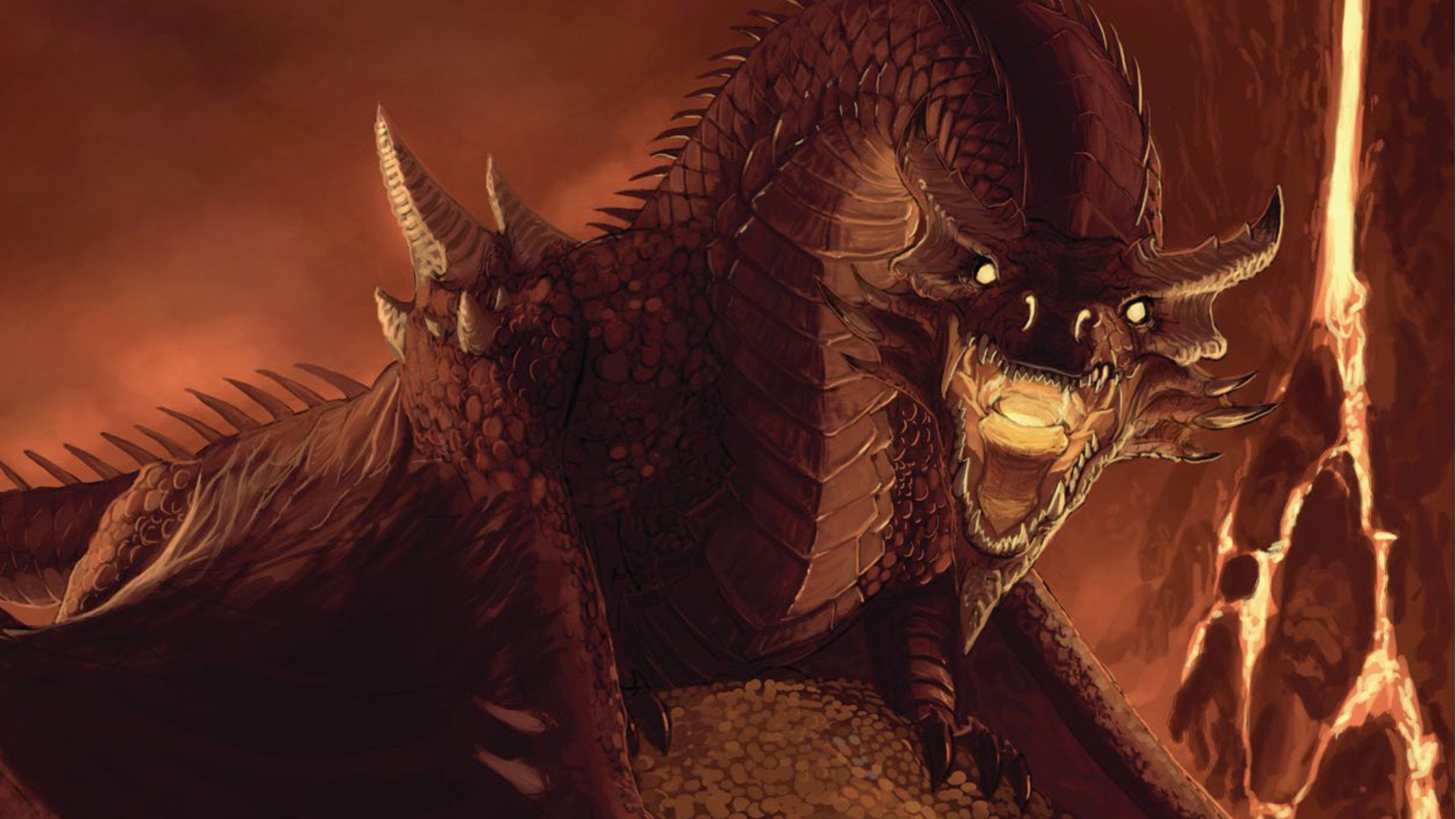
Let me be clear here: Once I had copies of these books, I knew I was never going back to regular D&D.
The 5th Edition of Dungeons & Dragons hit bookshelves in 2014 and became one of the best iterations of the classic formula. But it is 2022, and with the main rules being available via an open licence from publisher Wizards of the Coast, it was only a matter of time before someone would expand and update them. With EN Publishing and an incredibly diverse and talented team answering said call, Level Up: Advanced 5th Edition is a new standard for fantasy roleplaying.
This isn’t just one book, but actually three books in standard D&D fashion, with the Adventurer’s Guide, Monstrous Menagerie, and the must-not-be-slept-on Trials & Treasures.
Advanced 5th Edition overclocks the original rules from D&D to make way for more narrative depth and tactical play. The best way to experience all of the updates and changes is to just jump into these books, but here are some of the highlights:
“Race” is thrown out as a mechanic in favour of a fusion of Heritage, Culture, and Background. You also get to pick a Destiny. This is a rich assemblage of qualities with which to build characters. You’ll have more unique, nuanced options, with a bold, heroic direction to follow, and it’s so much more dynamic than anything you’d get out of the original rules. On top of that, several classes have been tweaked, with the Warlock probably having benefited the most.
If you’re just a player, then the Adventurer’s Guide is your starting place. It also doubles as the game’s core rules. Game Masters, referred to as “Narrators” here, can jump into the rich Monstrous Menagerie for monster stats, but this book is no mere list of monsters. Each monster gets a “Legends and Lore” section so you can confidently answer the question, “I got an 18 on my History Check, what do I know about the Kobolds in this area?” This is in addition to essential advice for planning balanced and interesting encounters, with information like what kinds of signs a particular beast would leave behind, or how they might behave when encountering the party, adding nice narrative flair to what would otherwise be a collection of stats.
I haven’t even mentioned Trials & Treasures yet, which is — to a degree — A5E’s Dungeon Master’s Guide. You’ll have enough information to run a game out of the Adventurer’s Guide, but T&T will give you No Man’s Sky levels of resources to flesh out worlds: exploration frameworks, journey activities, weather events, wandering monsters, and rules for specific regions and biomes.
I can’t praise Advanced 5th Edition enough. It has replaced not one, but two games for me, giving me good reason to also retire my very weathered 1st Edition Pathfinder Core Rulebook. And did I mention that since it’s built on top of Dungeons & Dragons 5th Edition, you can just use all the material you already have in existing 5e games with some minor tweaks here and there.
This is the definitive version of Dungeons & Dragons. Accept no substitutes.
Hunter: The Reckoning 5th Edition
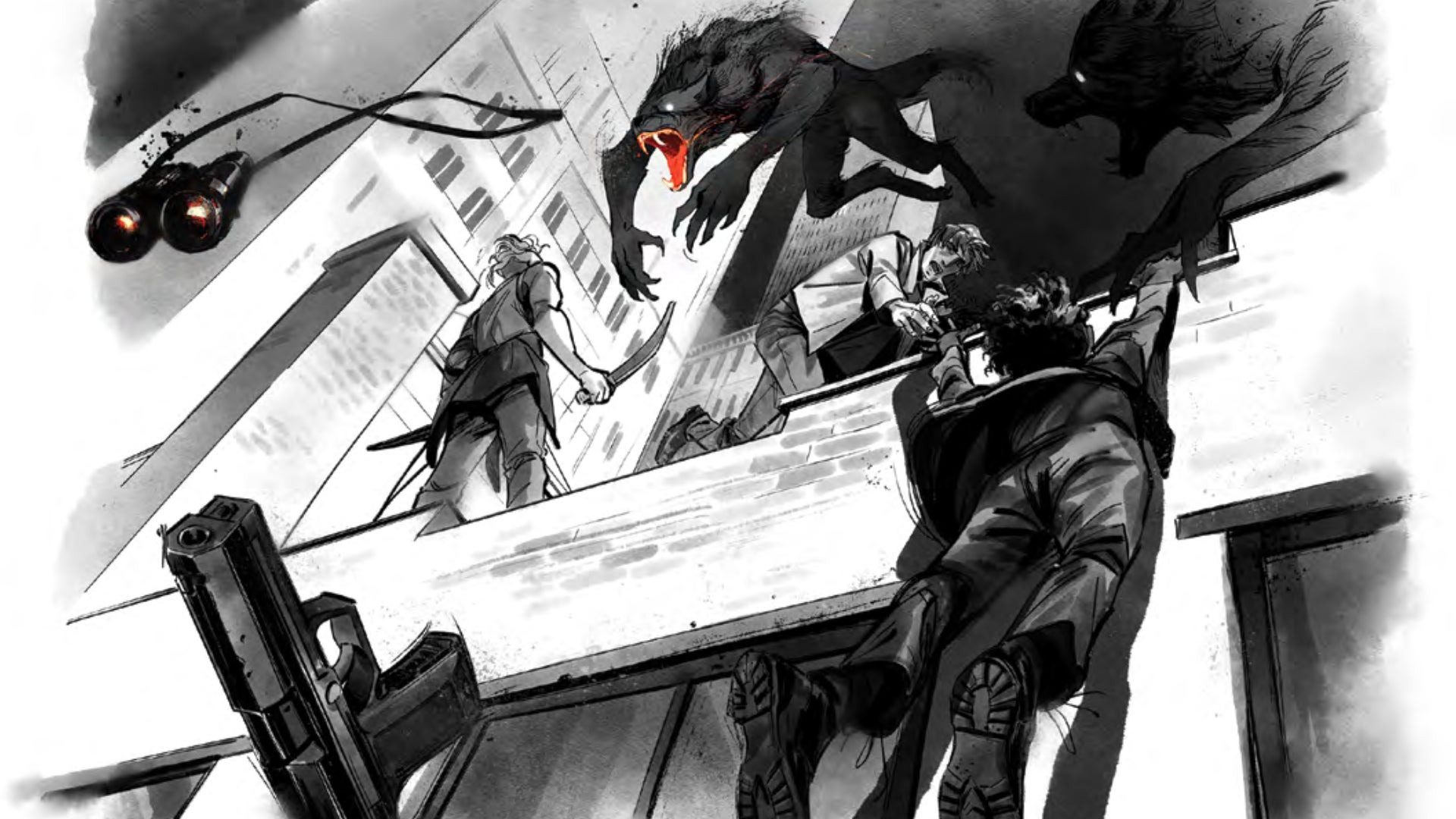
World of Darkness is one of the best RPG settings out there, but its history and fictional lore can amount to a lot of homework. The fifth edition of Hunter: The Reckoning arrives this year to provide both an excellent entry point to this dark modern fantasy world, as well as enough to become a solid game in its own right.
In my review of the revised core rules, I found that it was a perfect starting point for those new to World of Darkness, and it’s a really great game to check out if you want to broaden your horizons.
The modern setting lets you jump in with some familiarity, given its beginnings in our own reality, and lets you learn the secrets of World of Darkness one monster encounter at a time. Characters’ psychology and personal histories weigh heavily here, so sometimes the monsters you’ll be struggling with are really the ones that live in your characters’ own minds.
Hunter: The Reckoning’s fifth edition is a joyous addition to the modern state of World of Darkness, either as its own game, or as a way to plunge into something deeper.
Cults Of The Blood Gods (Vampire: The Masquerade 5th Edition)
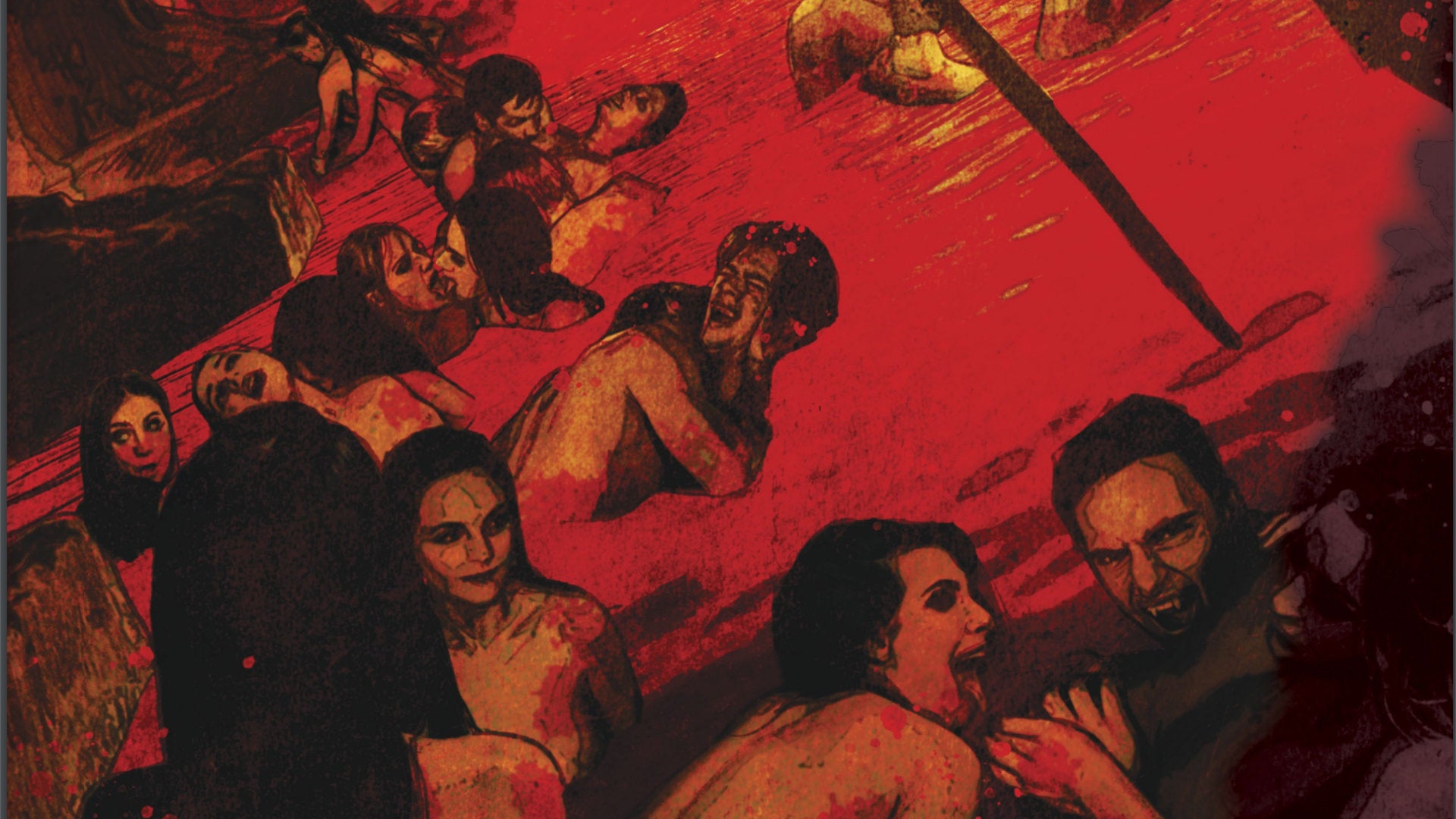
OK. Check all the boxes for content warnings on this one. This supplement to Vampire: The Masquerade’s modern rules is filled with sex, cults, all of the blood, vampiric torture, sex, sex, and did I mention blood? Because there’s a lot of it.
Vampire is often a game of politics, and Cults of the Blood Gods doesn’t shy away from that. This book focuses on the inner workings of vampiric religions and cults, and besides offering a ton of fantastic lore to bite your way through, there’s some great material here to offer a twist on the usual struggles for power between the establishment of the Camarilla and the rebellious Anarchs.
The book is also filled with some great prose. It provides a nice taste of how these kinds of characters may speak, or how we ought to describe a setting in luscious, sanguine detail. Some of its pretty intense (again, the blood, the sex, the torture), but it dives into the nature of vampire society way more than just dealing with what the core book gives you.
Since it’s a modern World of Darkness book, it’s also fully compatible with Hunter: The Reckoning. There may be some player options that are more meant for vampires here, but this book can easily serve as source material for a Hunter chronicle that sees the party take on a vampiric cult. It’s not a bad way to open the world up to those new to World of Darkness, as these religions are smaller vampiric networks than those of the world-wide Camarilla and its opponents.
Also, and this may be in another modern World of Darkness book I haven’t gotten to just yet, but the “General Difficulties” section on page 15 is a stellar approach to simplifying NPC stats for those running the game.
Oh, and there are vampire influencers here. Go, read it!
Coyote & Crow
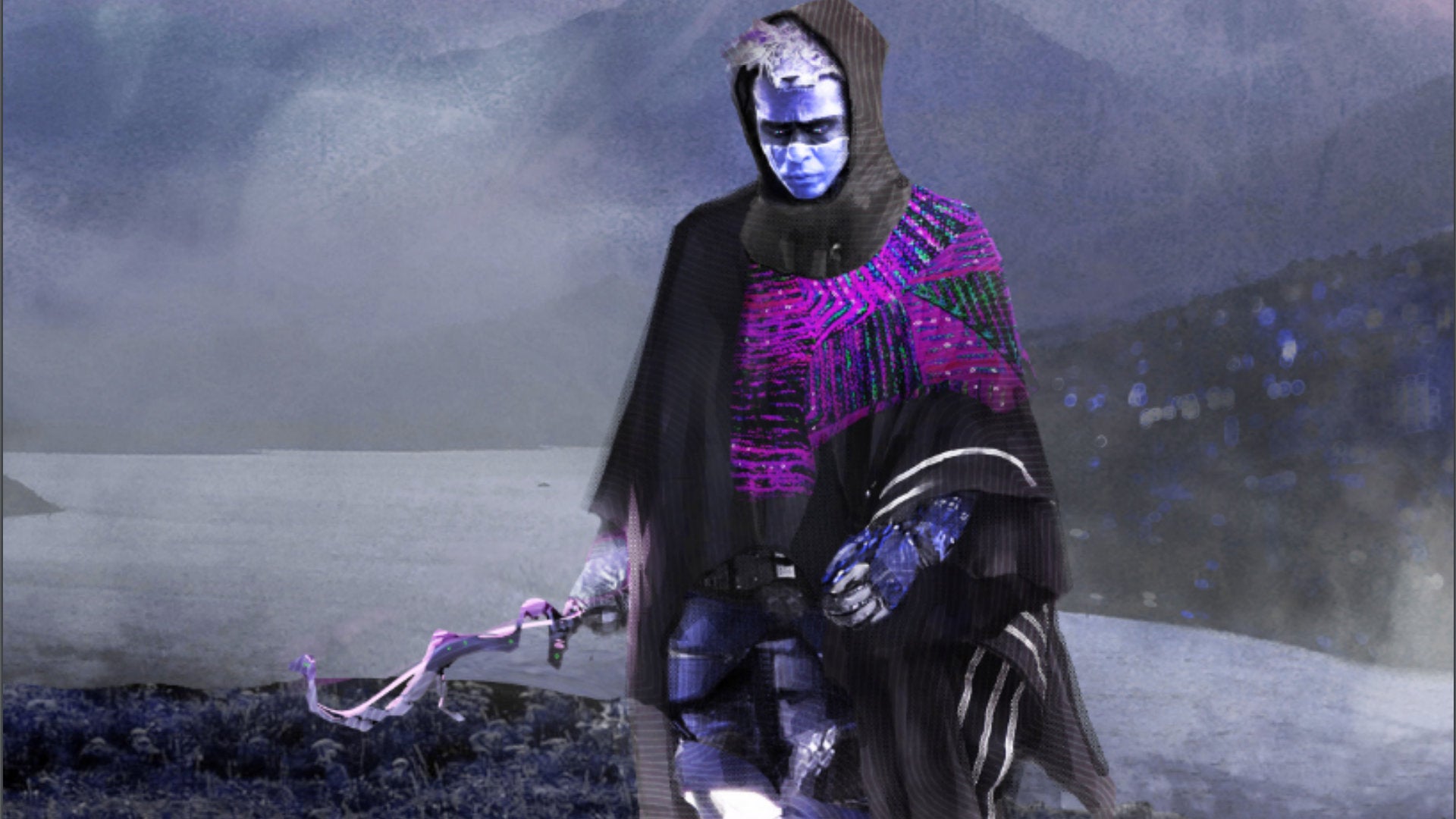
In an alternative timeline to our own here on Earth, a mysterious phenomenon known as the Awis plunges the world into a deep ice age, changing all of world history as we know it from the 15th century onwards. The most significant of these changes is that Europeans never arrive on the continents we’d later refer to as the Americas. This is the premise that Coyote & Crow establishes, and then builds towards a wondrous science fantasy future.
Coyote & Crow’s gorgeously detailed book invites players of all backgrounds to experience this game, and you should. It contains direct messages to Native and Non-Native American players, with special attention to avoiding appropriative language and behaviour.
The setting is built on the game’s alternative history pivot, and speculates what kinds of people and society we’d see on the “North American” continent, but of course it’s never called that in the game. Different nations and regions have formed, laid out on a map that flips South to the “Up” position on page 24. A nice summary of the major events since the Awis is provided to catch you up to speed to where your characters will likely start their story.
The vibe dips a bit into the old Arthur C. Clark quote: “sufficiently advanced technology is indistinguishable from magic.” A mystical force called “The Adanadi” permeates the world, and there are both spiritual and scientific perspectives that have formed in response to its existence. There’s also plenty of high-tech sci-fi goodness here, so you have a nice, malleable balance of science and fantasy to oscillate between, to fit the narrative and characters you’re working with.
There are nearly 500 pages of top-tier roleplaying mechanics and content for you to build some awesome science fantasy stories in a very remarkable setting, so be ready to dive into a heavy one! Also, the game uses d12s as the main dice! Why don’t more games use these? They roll so much better than d20s.
Mordenkainen Presents: Monsters Of The Multiverse
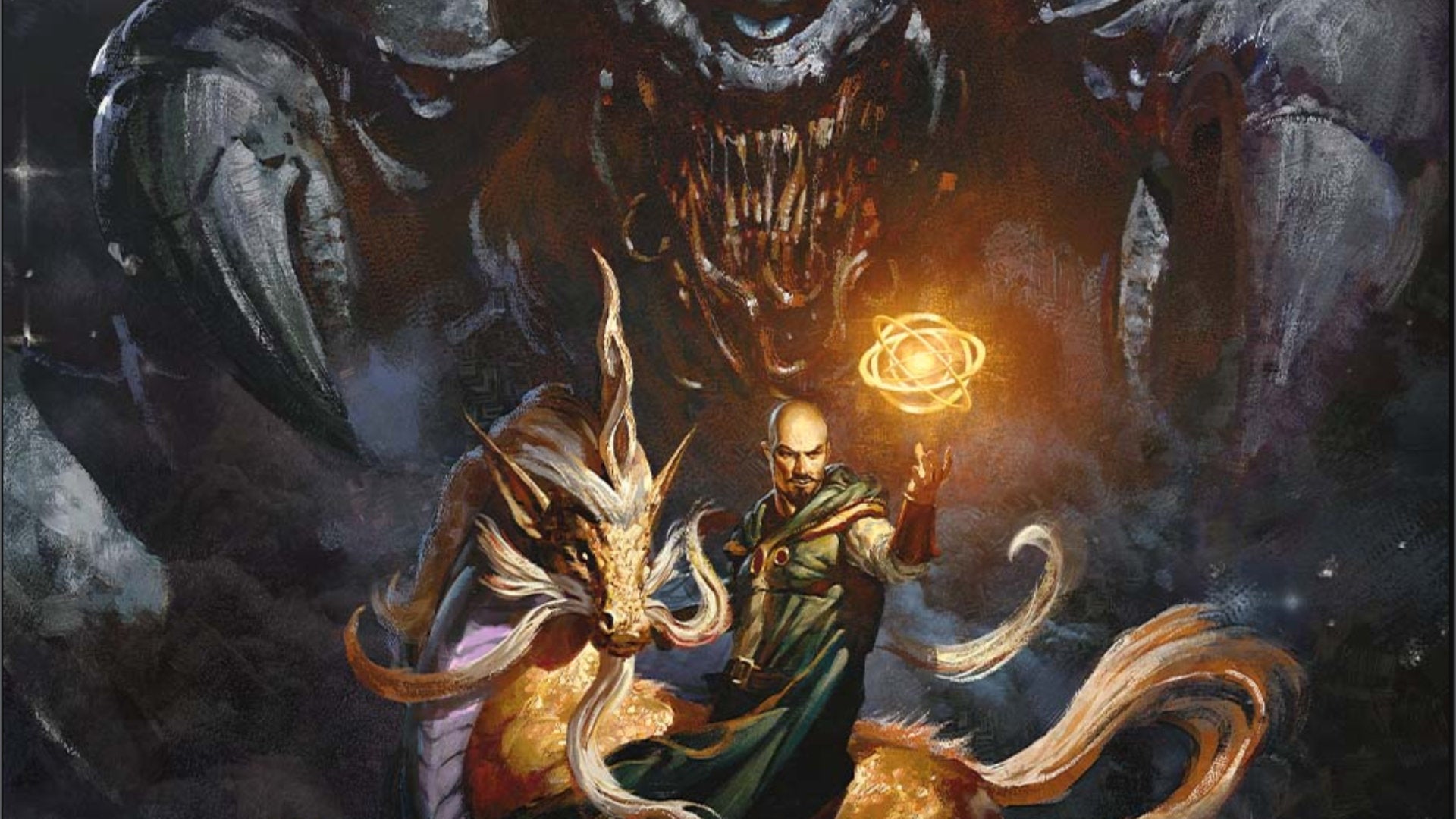
If you haven’t already taken my advice and jumped ship from stock 5e Dungeons & Dragons to Advanced 5th Edition, here’s another book with which to consider augmenting the core rules.
If the core of Dungeons & Dragons is the combination of the Player’s Handbook, the Monster Manual, and the Dungeon Master’s Guide, then Monsters of the Multiverse begs to earn a spot as the fourth core book (competing, maybe, with 2020’s Tasha’s Cauldron of Everything).
You’ll get a ton of fun, unique monsters to throw at players, but you’ll also get some new Race options, and this is where I think Monsters of the Multiverse really earns its place. It contains the more flexible and much better race rules from Tasha’s Cauldron Of Everything, where stat boosts aren’t based on essentializing qualities, but can be chosen by the player. It also adds so many more options for fun characters that the Player’s Handbook looks like a mere playtest of suggestions.
It’s a solid D&D book, and a great resource for both Dungeon Masters and players. You can also get it in a gift set with two other books that have refreshed 5e’s rules, Tasha’s Cauldron of Everything and Xanthar’s Guide to Everything. If you’ve been mostly using the core rules for all these years, these three are the equivalent of a huge DLC drop of new rules, character options, classes, and monsters.
First Responders
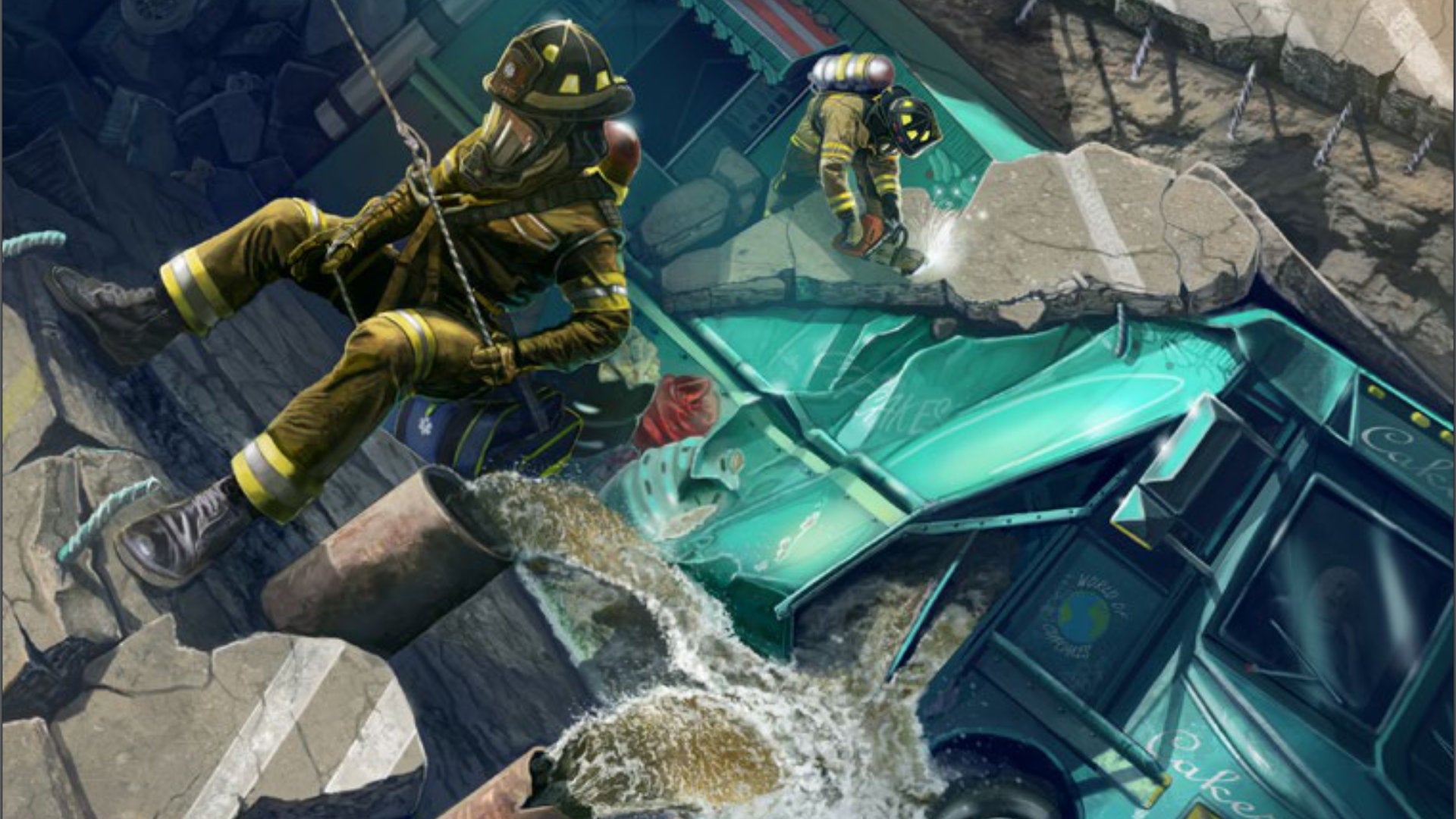
First Responders is yet another addition to the fantastic Cypher System multiverse (Cypherverse?), featuring full games like Numenera, The Strange, and supplemental games to the core rules like Predation, We’re All Mad Here, and Claim the Sky..
Here, designers Bruce R. Cordell and Shanna Germain trade fantasy heroics for ones that mirror real acts of heroism, with players taking on the roles of firefighters, medics, bomb disposal experts, or anyone who’d fall under the category of “First Responder” when a real-world catastrophe strikes. It can add these features to existing Cypher System games, or become a game on its own with the full rules provided by the Cypher System Rulebook.
The book makes it clear that this game might not feel right for some, as we are still in the middle of a global pandemic, and climate change is creating very real world crises. But this game isn’t about perfectly simulating a real-world crisis. The goal still is narrative and drama, but instead of being a bunch of elves stopping an evil sorcerer from assembling all the crystal shards of power, you’re preventing a building from collapsing, putting out a fire, or giving people life-saving treatments.
But nothing’s stopping you from adding these rules to a fantasy setting. If you like playing Cypher System games like Numenera or The Strange, or are using the setting books like The Stars Are Fire or Godforsaken, this supplement will help you find game scenarios that aren’t just about defeating enemies, and will let you flesh out what life looks like for people who do live in fantastical settings.
A dragon obliterates a fantasy village: Who shows up to help those people? A radiation leak is causing havoc on a space station orbiting Europa: Who steps in to secure that? First Responders provides the rules to handle those scenarios. It’s kind of a game-changer for the Cypher System, providing way more than stock TTRPG hero shenanigans.
I hope Monte Cook Games considers doing something like this for 5e, honestly. Because these ideas are too good to be confined to a single system.
Guns & Gears
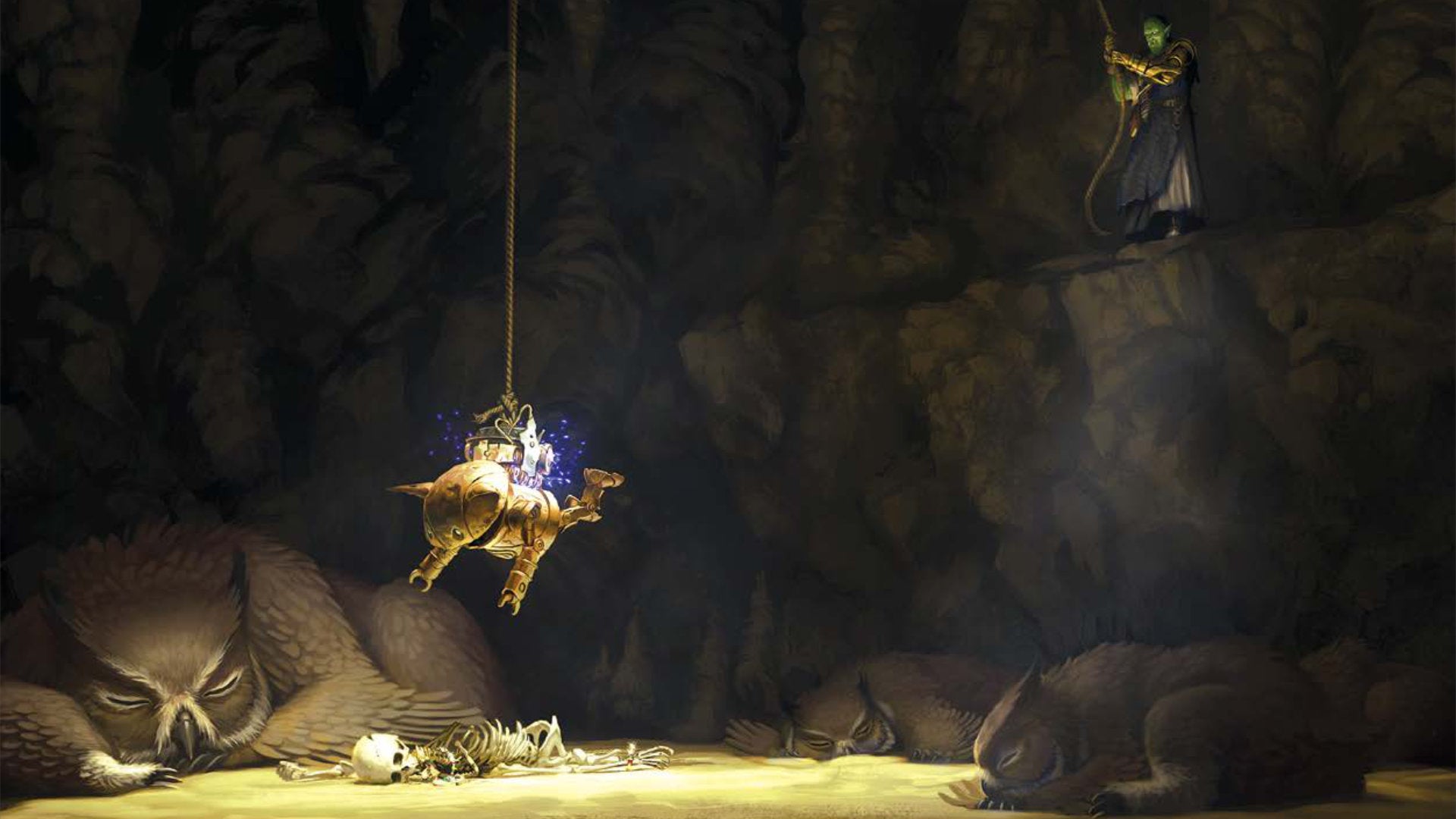
Pathfinder, the fantasy TTRPG that made a name for itself by properly and powerfully sustaining the legacy of the third edition of Dungeons & Dragons, got its second edition ruleset in 2019. Publisher Paizo has been adding tons of books to bring it closer to the remarkably expansive first edition — which was, until another game on this list showed up — my personal favourite fantasy TTRPG. Guns & Gears arrived toward the end of last year, but its contribution to Pathfinder’s second edition makes it worthy of the inclusion on this list.
I ran a single mini-campaign of second edition’s The Fall of Plaguestone not too long ago, and while I and the other players had a great time, the density of the rules demands that this game probably be your only fantasy TTRPG, and I wasn’t sure if I was ready to commit to that.
That was until I took a look at Guns & Gears, which has me very tempted to summon a group together to jump back into Pathfinder Second Edition. For me, a fantasy setting needs guns. I don’t care if it ruins the centrality of magic. In fact, I think it should. Deconstruct everything.
Guns & Gears is a nice companion volume to the core rules, offering up backgrounds and archetypes and tons of cool gear. It isn’t just guns either. There’s tons of cool, well, “Gear” here if you want to dial back the “guns” and go for less explosive projectile weapons, and want to make use of character classes like the Inventor, who can devise all sorts of fun contraptions to cause trouble for enemies.
The new Gunslinger class feels way more digestible than the first edition’s, making the most out of the second edition’s exhaustive feats lists and “Action Economy.”
God damn it, I want to play Pathfinder again.
Gubat Banwa
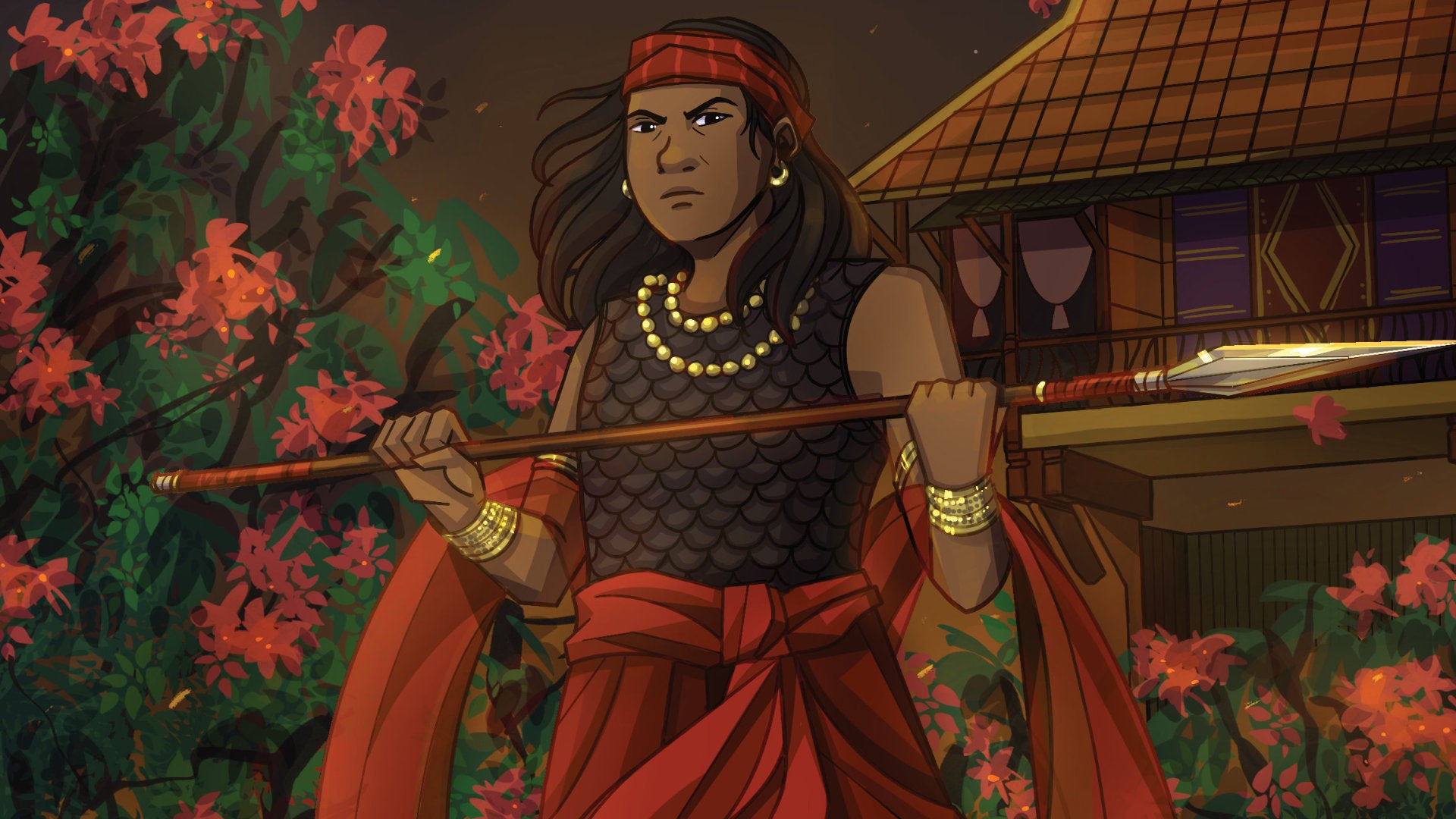
Gubat Banwa is still in an Early Access phase, but you can grab the rules right now. They’ll be updated as newer versions reach publication. And you should take advantage of it, because this is one hell of a tactical role playing game that doesn’t sacrifice any narrative weight.
Writer and developer Joaquin Saavedra has built a wonderful setting that takes its beats from pre-colonial Philippines and Medieval Southeast Asia. And it’s presented in a book that I can’t stop reading. It’s not just great prose here, but it’s prose that is exceedingly well-suited to role-playing, with clear, articulate descriptions that will give you the lexicon needed to describe the combat scenarios the game focuses often on so very well.
The combat itself is pretty remarkable, though it might take a couple of reads to really synthesise everything. Fortunately, the book offers a handy glossary for combat terms. That’s an easy permanent bookmark right there. And it does it with only one page! It aims to be tactical, giving you meaningful decisions to make, with three options available to you on each turn: A movement, an action, and a flourish. The book also breaks down rules for movement vertically, not just horizontally, which is great if you’re only playing with a flat battle map.
Combat appears to be way more immediate in this game, and that’s by design. Let me explain: There is no “Attack Roll” as far as I can see. The usual, “did I hit?” question is skipped in favour of using your Action to “Inflict Violence,” which means you’re straight rolling damage dice, and are often guaranteed to knock your enemy down a bit! There are ways to mitigate this for defenders, but you’ll be guaranteed to start chipping away at the opposition quickly.
On top of this, victory isn’t just about clearing the map of foes. There are specific victory and defeat conditions that make it very clear when combat has ended. The game allows players to know a variety of a target’s stats, which is very generous, but also aids the tactical planning. There are still elements of a target that are to remain hidden, however.
The Early Access materials give you everything you need to start roleplaying in this excellent game, but I really can’t wait to see the final form.
Trophy Dark
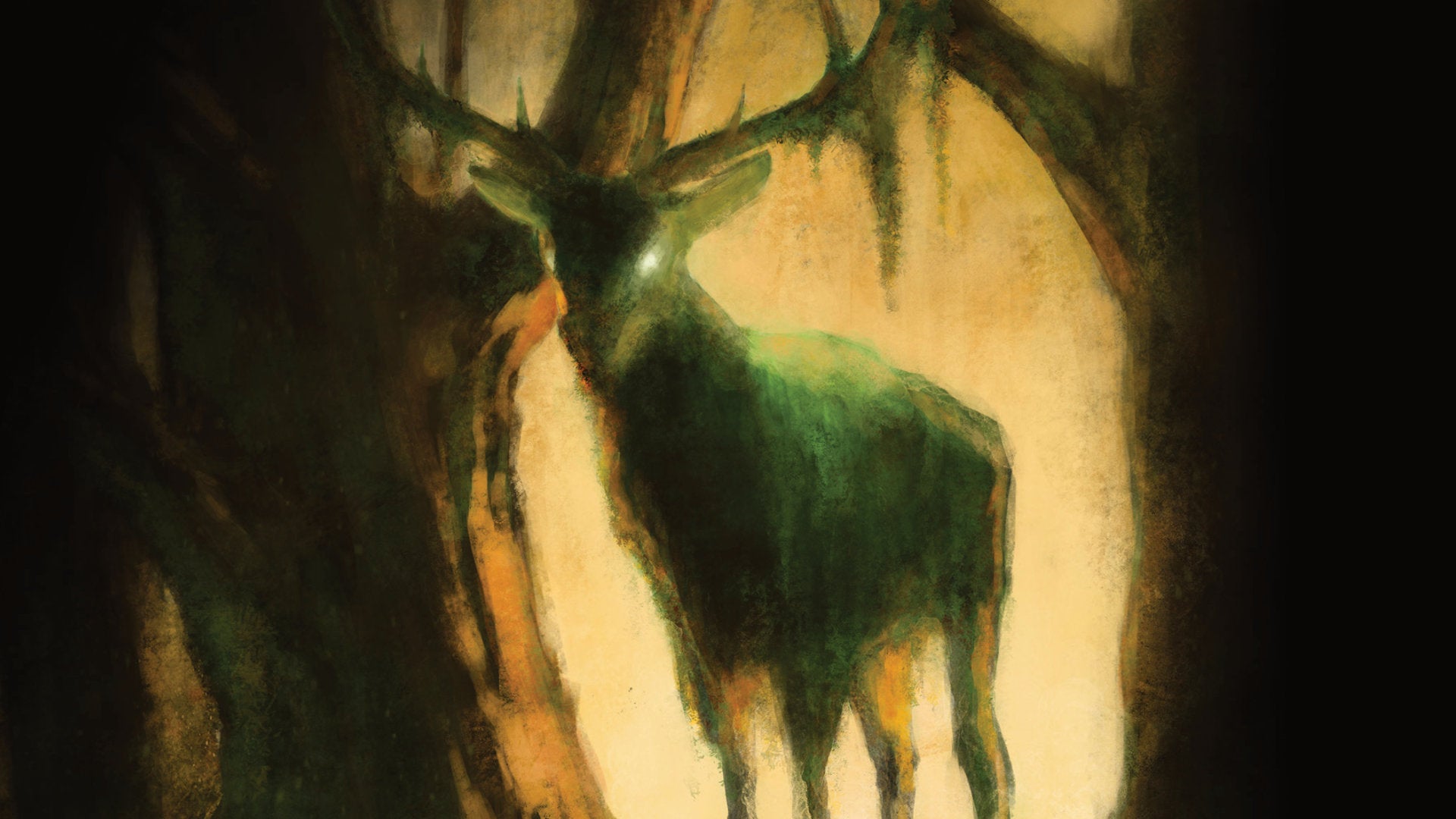
If you’d’ve told me that I’d be including a dark medieval fantasy game on this list, I’d have asked you for a Deception Check. DC like 40. It’s far too often that dark fantasy games are miserable for no good reason, other than to satisfy your average edgelord player or GM that wants to just make everyone uncomfortable.
And then I read Trophy Dark and holy shit. I immediately pinged one of my gaming groups on Discord to ask about playing this, because this game looks like an absolute delight. Forget the Dark Souls TTRPG, this is where to go if you want a crushing, moody, dark fantasy experience. Its premise of a thematically dark and heavy setting where your characters are very likely to end up lost in the forest forever, or dead, is placed front and centre. The game begs you to make the world “haunted and hungry,” with “dangerous and tragic” stories as the main course. It also centres the essential role of safety tools and open communication between all players; it wants to be the darkest and most intense game you have, but it doesn’t want you upsetting yourself or players.
This book serves as a game in its own right, and can become a part of other suitable games if you’d wish. It can be a chapter in a D&D adventure or, as the book so seductively suggests, a flashback for the party. Ugh, the possibilities!
Game sessions work around “Incursions.” It’s a nice, tight focus that takes you away from the burden of having to build an all-caps WORLD and CAMPAIGN, and sends your party into the heart of “a haunted forest that doesn’t want [you] there,” to return with something worth the trip into madness and terror. Each Incursion is filled with Alighieri-esque “Rings,” each with their own dark and twisted challenge.
All you need are some d6s and a willingness to brave the heart of a defiantly protective forest, and you’re set for a great evening. Your characters will probably die. But that’s ok!
Thirsty Sword Lesbians
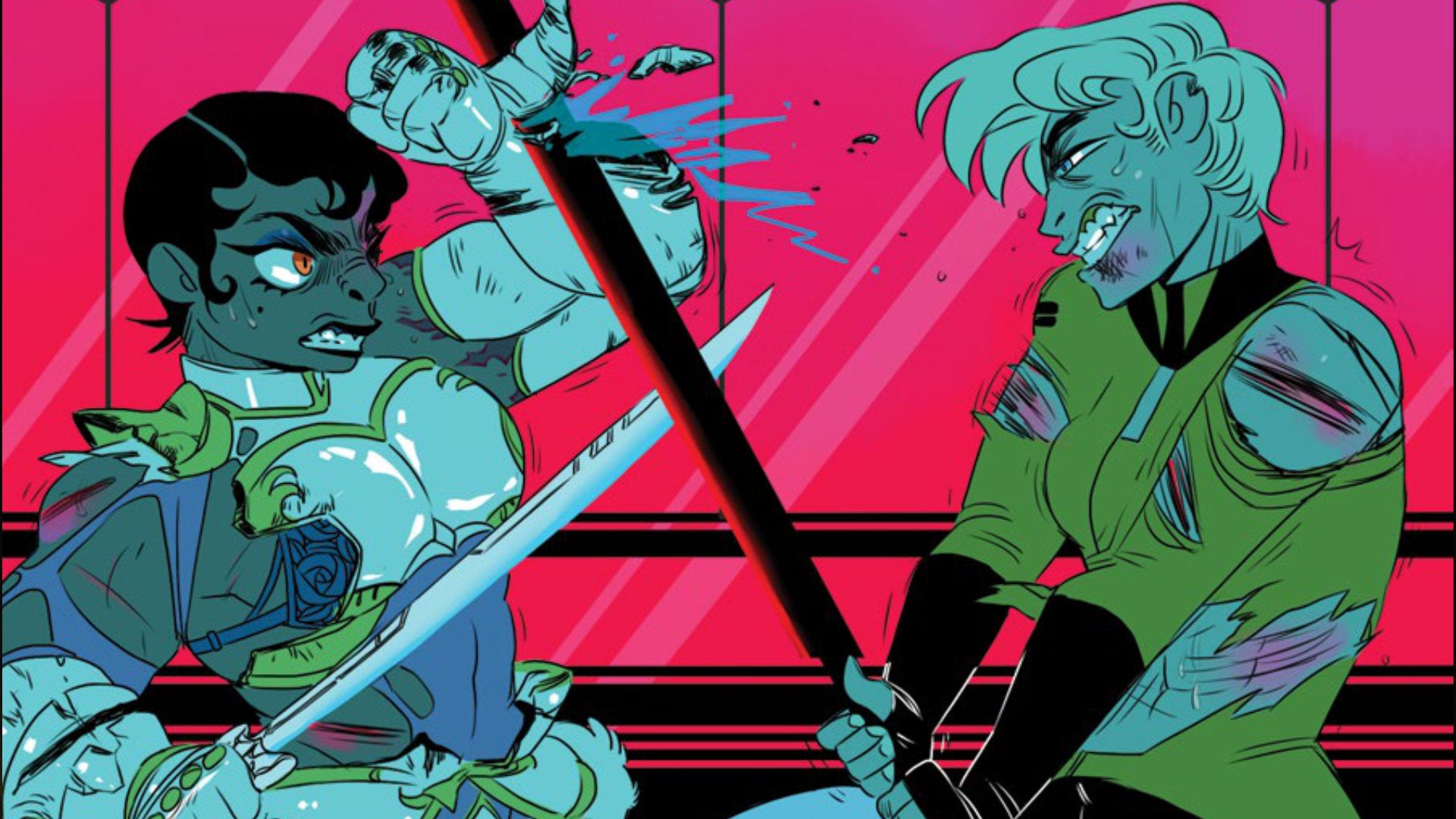
Yes, yes, Thirsty Sword Lesbians came out last July. In 2021. Hush. We need to talk about it and it still fits in the “year” category. Also, it had a supplement drop early this year in 2022, so just pretend I’m talking about that, because it’s awesome too.
This is a game of epic positive vibes where you and your friends save the day with “love, swords, and adventure.” It kicks “misogyny, transphobia, racism, and other forms of bigotry” out the door with its introduction, and continues to become more awesome with each section. This is a self-described “roleplaying game for telling queer stories with friends.” The game offers a suite of really cool settings to choose from, be they sci-fi, fantasy, or even “Sparkle Heart Magic Force Go!”
There’s some traditional TTRPG structure for those familiar. A GM, Gaymaster in this game, and a group of player characters tell a collaborative story of thrilling heroics, but it’s one that urges you to “follow your heart,” and not get so bogged down in the intricate details of planning out an adventure or campaign as is often the case in this hobby.
This is a wonderful and very inviting gay-as-hell game that can serve as the basis for an ongoing campaign, or just a ruleset you turn to when you and a bunch of queer friends want to make some narrative noise.
And there are the 10 best TTRPG books of the year. I’m more than certain there are others that deserve notoriety, so please let me know in the comments what I need to add to my reading list while we get ready for more games on the horizon.

Leave a Reply